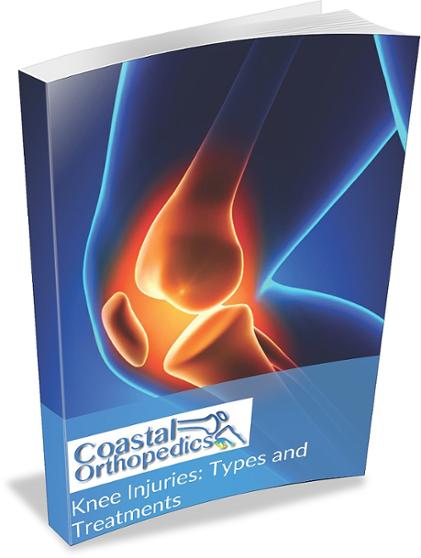What is Runner's Knee? Symptoms, Causes, and Treatments
March 31st, 2016 | 3 min. read
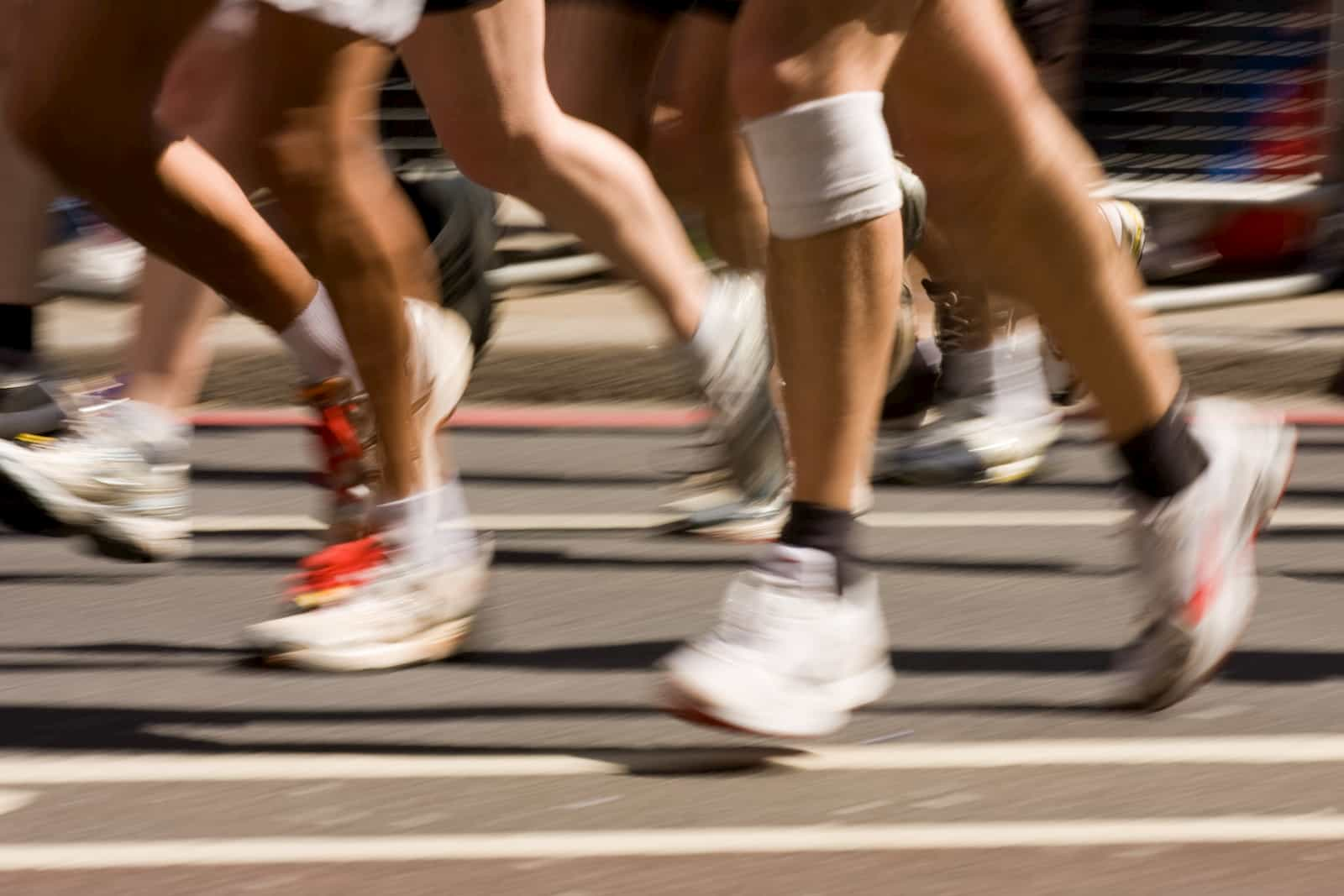
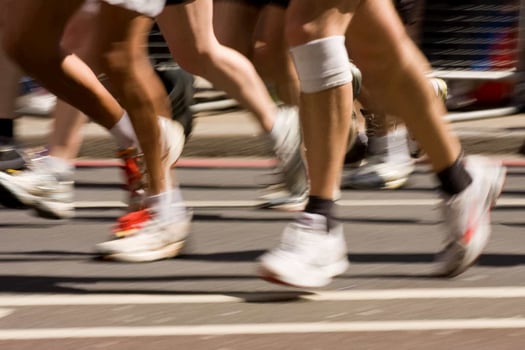
Otherwise known as patellofemoral pain syndrome, or PFPS, runner’s knee refers to a specific type of overuse injury described as pain in the knee.
This common injury in runners can also occur with athletes who are jumpers or cyclists, as well as any other athlete who places increased stress on their knees.
It can also occur in anybody who has injured or placed undue stress on their knee or who has knocked the joint out of alignment.
Symptoms of Runner's Knee
Pain is the overarching sign of problems with runner’s knee. It can occur in the front of the knee, along the sides, or under the kneecap. The pain is often described as feeling “deep” inside the knee, especially during physical activity.
Swelling is another symptom of PFPS, and when climbing stairs, kneeling, or standing up after sitting for a long time, you might hear popping or crackling sounds in the knee.
Other activities that can exacerbate the condition include-
long periods of sitting
-
overstrenuous use of the knees
-
exercise on unforgiving surfaces, creating stress on the joints
Causes of runner's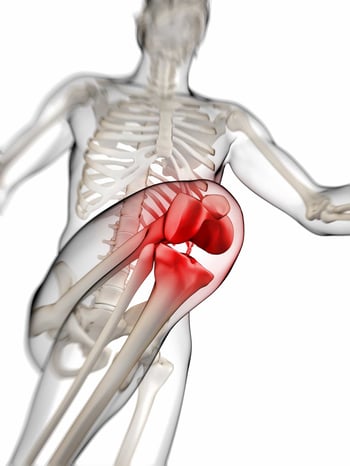 knee
knee
Runner’s knee is frequently caused by a misalignment of the knee joint.
This is a ball-and-socket joint which includes a specific groove called the trochlea, inside which the kneecap (or patella) slides in order for the leg to bend and move.
Coating the patella is a thick cartilage surface meant to prevent friction at the places where upper and lower leg bones interact.
A misalignment of the knee joint can be caused by a previous injury or other misalignments along the length of the leg bones (such as in the structure of the feet or lower leg) or due to a discrepancy in leg length.
This leads to the bones rubbing against one another where they aren’t intended to, wearing down the cartilage.
The tendon that connects the kneecap to the front of the lower leg (the tibia) may also become inflamed, leading to pain.
Likewise, a thin band of tissue (the retinaculum), which connects the patella on both sides to the upper leg bone (the femur), can also become stressed or inflamed, leading to runner's knee.
PFPS becomes problematic for running because it prevents smooth movement of the knee joint, causing the kind of wear and tear that leads to overuse injuries. If untreated, this will eventually lead to osteoarthritis.
Diagnosing runner’s knee is as simple as seeing a doctor, describing the symptoms, and getting an orthopedic evaluation.
Treatment for runner's knee
Treating PFPS depends upon the source of pain and its root cause.
Soft tissue: If the retinaculum or tendons of the patella are the source of pain, treatment usually involves “conservative” RICE therapy (see below)
Muscles: Keeping the adjacent muscles, especially the quadriceps and hamstrings, warm and stretched can relieve knee pain. Massage is also helpful.
Methods of treatment
-
RICE Therapy: This refers to a home remedy approach of Resting the knee; Icing (20 minutes at a time, several times a day); use of Compression (an Ace bandage, for instance); and Elevation of the knee to a position higher than the heart to reduce pain and swelling.
When a more proactive approach becomes necessary, a person suffering from runner’s knee has a few options: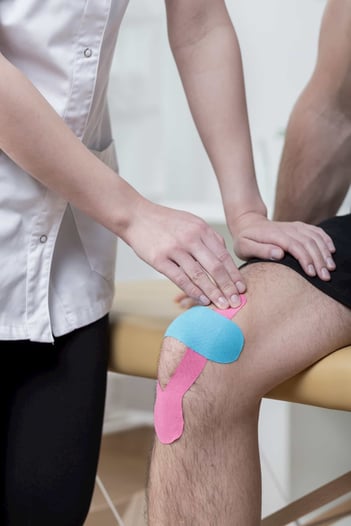
-
Patella taping: This is the strategic application of "KT tape" to provide support to the knee joint. A sports medicine specialist can teach you how to tape a knee properly.
-
Ultrasound: This high-frequency soundwave therapy can reduce inflammation in the knee.
-
Braces: A stretchy knee support worn during physical activity can prevent worsening caused by misalignment, at least temporarily. There are specific knee braces for running, as well.
-
Orthotics: Inserts in the shoes can help correct problems with leg length discrepancies.
-
Physical therapy: This can include patellofemoral pain syndrome exercises. Strengthening the thigh muscles and stretching the iliotibial band can help correct the problem.
These It can calm inflammation inside the joint once a successful realignment takes place.
-
Variation in exercise: To keep the tissues healthy, continued exercise is important, but avoiding repetitive movement in the knee is recommended.
Other non-running, non-jumping exercise activities to consider include yoga, biking, weight training, and swimming.
-
Surgery: If a misalignment of the patella cannot be otherwise corrected through physical therapy, surgical procedures may be an option for repairing cartilage damage.
Coastal Orthopedics can help connect you with the best physician for your knee pain concerns, whether you need an evaluation, want advice for prevention, or need to explore your treatment options. Is it time for an assessment? Call us at our Corpus Christi location and make an appointment today!
Article written by: Rob Williams, MD
Download the FREE 44 page eBook on Knee Injuries below:
Sources:
Harvard Health
UCSF Department of Orthopaedic Surgery
American Academy of Orthopaedic Surgeons
Dr. Williams has been practicing orthopedic surgery in Corpus Christi since 1998. After graduating from Texas Tech hereceived his medical degree from the University of Texas at San Antonio. At the prestigious Campbell Clinic located at the University of Tennessee, Dr. Williams completed not only an Orthopedic Surgery Residency, but an additional year of Fellowship Training in Spine Surgery. Dr. Williams is dedicated to creating an excellent patient experience in the office or in the surgery suite.
Topics:

